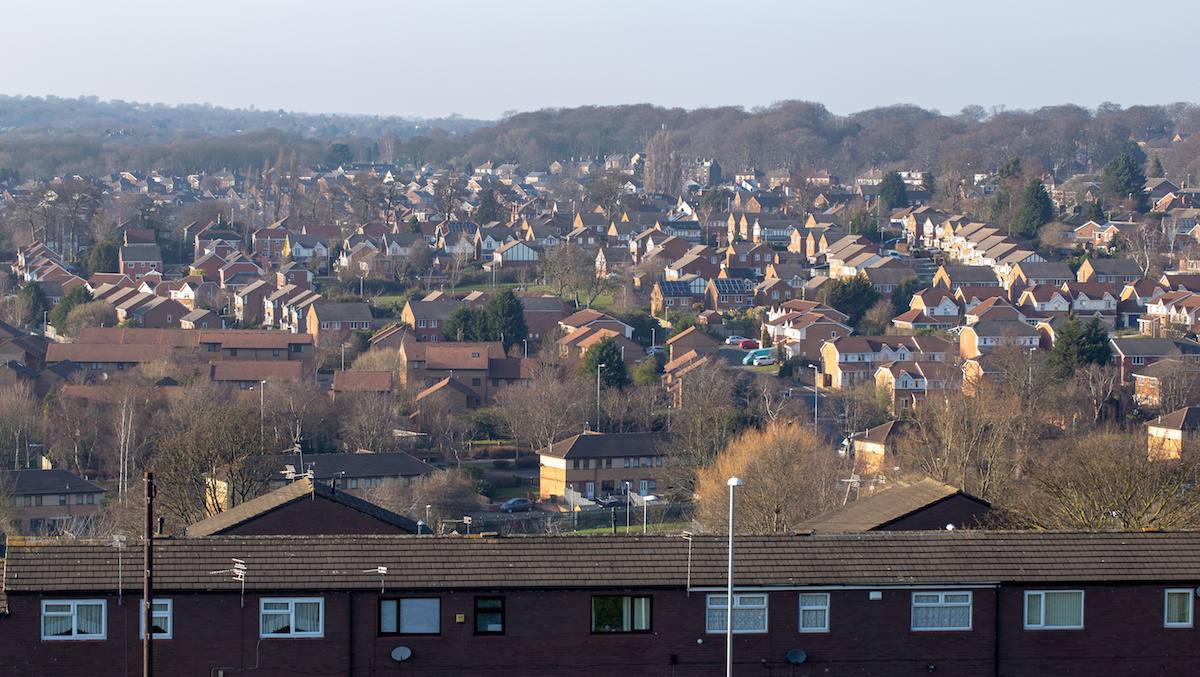
Andrew Bowman-Shaw, MD for The Tree and Woodland Company is urging developers to be pro-active about trees.
With the increasing awareness in climate change and the pressure to be more environmentally friendly, developers and planners need to think harder when it comes to the issues of trees on development sites. Existing mature trees are increasingly becoming an opportunity to enhance the ecological, landscape and wellbeing value of new developments; this in turn translates into increased commercial value of the houses within the development. Designing development around trees and woods with significant landscape and biodiversity value will also foster good relationships with local communities and planning authorities.
Ancient and veteran trees have a huge impact due to their size and age and retaining these trees can provide a sense of history to new settlements, as well as a sanctuary for wildlife. Trees are of course a life form and can provide positive energy and wellbeing to people. The uniqueness, character and link to nature they bring to a location means they will be respected and appreciated by potential owners for years to come.
Tree surveys and the understanding of the tree population that they provide are important considerations at the design stage of a development, so that the best trees and the qualities they bring can be better incorporated into the final development layout. This is increasingly happening with the developers and architects we work for, but still trees are all too often only considered during the later phases of the planning application stage of the development process. The latter approach means that appropriate redesign of the site layout to integrate trees optimally cannot happen.
Rather, a considered and fully informed approach allows for the right trees to be retained and protected during construction, enabling new developments to have a sound population of healthy mature trees as a platform for further environmental enhancement post construction.
We recommend that new housing designs should contribute to sustainable development by enhancing the natural environment and ensuring that social and economic development takes place within suitable environmental parameters. In addition to trees, this process will be determined by wider ecological considerations covering flora, fauna and habitat provision for these. New schemes should aim to enhance the value of wildlife habitat on site, by providing new habitat which more than offsets the loss.
When designing a new development, it is important to ensure a holistic approach to trees and existing wildlife features both on site and in the surrounding area. Existing groups of trees and shrubs, ponds or streams can provide important wildlife habitat; where possible, it is important to retain a network of these as ‘stepping-stones’ for wildlife between habitats both within and adjacent to the site. Linear features such as hedges or similar linear planting are valuable as natural linking ‘corridors’ between habitats and should be retained or created where feasible. Other potential contributions to habitat creation and enhancement are the provision of nesting and roosting opportunities for swifts, house sparrows and bats in new buildings.
Aside from the environmental factors already discussed, we’re all aware that many development decisions are made based on cost, profit and budget – this is business after all. However, this doesn’t mean that trees and wildlife habitat provision should be viewed as a “necessary evil”. Increasingly, society is valuing contact with the natural world, and numerous studies have proven that properties with mature trees, wildlife habitats and desirable landscaping are more attractive to buyers, shoppers, and tenants, and what’s more, they command premium prices.
In this context, the inclusion of suitable tree management, new planting and wildlife enhancement measures in your development planning application, you’re more likely to be provided planning permission and with less conditions. All planning authorities now require site improvements to mitigate against potential damage to natural settings and being proactive speeds up the consent process and reduces costs.
…
The Tree and Woodland Company are experts in managing trees on development sites, and work in association with a company of professional ecologists. Their skilled arboricultural team provides pre-planning surveys, arboricultural impact assessments, method statements and construction phase supervision in line with BS 5837 : 2012, to ensure the best balance is struck between environmental enhancements, charting a smooth path for planning applications, and gaining a good return on investment. Visit www.treeandwoodland.co.uk for more information
